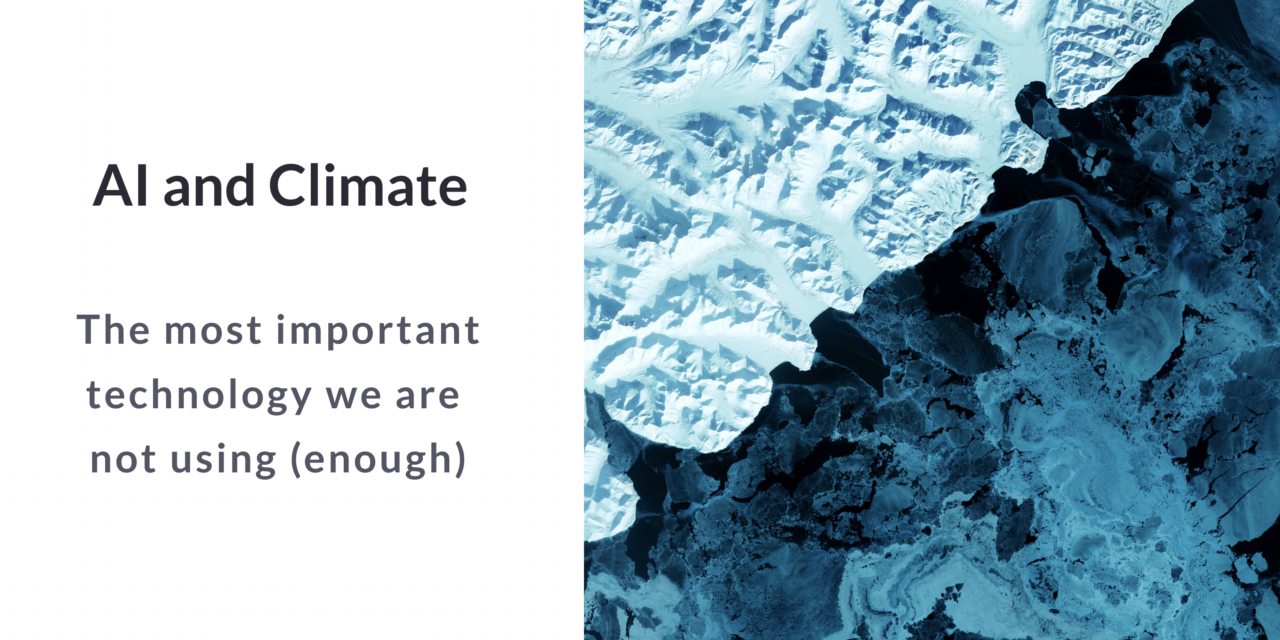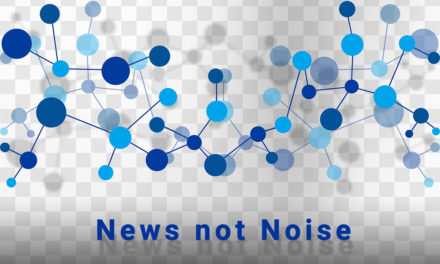The “problem” of climate change can no longer be “solved”.
It is too far advanced for that, and scientists say that the Paris target of limiting global warming to 1.5 degrees is unlikely to be achieved (1). The atmosphere is too polluted with greenhouse gases and the biosphere too altered for climate change and its effects to be reversed. We and our descendants will live in a world with permanently altered environmental conditions.
We cannot bring back the extinct species, the melted glaciers, or the destroyed rainforests.
But the least we can and must do is prevent the climate catastrophe that will result from the unchecked rise in emissions.
But we can also do more.
If we actively address the causes of climate change, we can simultaneously minimize the risks and develop new solutions. Then we could emerge from the crisis stronger.
We still have a chance to create a future in which things not only stabilize, but in some cases improve.
We could have more efficient and cheaper transportation that leads to less traffic; we could have cleaner air that promotes health and makes city life more pleasant; and we could use natural resources more intelligently, leading to less pollution of land and water. To give a few examples.
We are in a critical decade. If we don’t cut our emissions in half by 2030, it’s unlikely we’ll reach net zero emissions by 2050. And we need to achieve that to prevent climate catastrophe.
Artificial intelligence (AI), or more specifically machine learning, is perhaps the most important technology available to us in this situation.
Using AI, we can better solve complex problems – and combating climate change is complex. AI can detect patterns in big data that we humans would not find in this way. AI complements our human intelligence. (2)
Machine learning , supported by sensors (to collect data, e.g. from satellites) and robotics (to automate physical activities), as well as a network of smart devices (“Internet of Things”), have the potential to become our greatest allies in this in the fight. (3)
Some example:
- AI can be used to automatically analyzed satellite imagery to detect illegal deforestation.
- AI can be used to make predictions based on large amounts of data, such as up-to-the-minute solar energy generation to better manage the utilization of electricity grids
- AI can be used to better control complex systems, such as air conditioning (heating and cooling) of buildings or data centers to optimize energy use
- AI can be used to optimize transport routes and thus avoid unnecessary journeys
- AI can be used to monitor production facilities and improve the quality of the products created, thus avoiding waste and making better use of resources.
- The list can be extended. All these examples are real use cases today.
But this is still happening far too little today.
We are not using one of our key weapons.
Why?
Often there is a lack of knowledge about these possibilities or already existing solutions. Or there is no trust in the technology and it is therefore not used more.
Of course, there are also the negative sides of AI use in terms of climate change that we need to actively address.
The development and use of AI consumes a lot of energy. The latest AI models are very complex and require huge amounts of data for training. This requires a lot of energy. It also takes energy to use such models. The more we use them the more energy is needed.
Another challenge lies in the explainability of AI predictions. This is often not understandable to humans and thus limits the trust in the predictions made.
These issues are well known and more efficient and transparent AI approaches are being worked on. For many of the solutions available today, these problems do not arise or the advantages (e.g. energy savings) clearly outweigh the disadvantages (energy consumption).
It is clear that we must continue to research here in order to find better and better approaches. It is also clear that the AI models available today are well suited for many use cases.
We must actively address these challenges in order to exploit the full potential of AI technologies. We need to do this now to avoid losing more valuable time.
This requires knowledge and dialog at all levels and in all areas
- In company management and among employees
- In politics and administration
- In science and education
- In the general society
This also requires investment in research, in solutions, in startups. Public money and private capital.
So far, too few people, companies , organizations, decision makers and citizens understand these developments and the associated potentials for combating the climate catastrophe.
The result is an “exponential gap” between innovative forms of technology use – along with new approaches to business, labor, politics, and civil society that they bring – and many businesses, workers, policymakers , citizens, and broader societal norms and cultures. We need to bridge this divide to harness the full potential of these technologies, and artificial intelligence in particular, to combat climate catastrophe and develop a better and more sustainable world.
Everyone can make a contribution.
Some suggestions:
I highly recommend the book by Christiana Figueres and TomRivett-Carnac “The future we choose” (4). Not only does it show in two scenarios what our future can look like (negative and more positive). It also gives ideas on how each of us can contribute to a more positive future.
For social and political discussion, the GPAI paper “Responsible AI in the context of climate change” is a great start. (3).
To better understand the “exponential gap” the book “Exponential” by Azeem Azhar is highly recommended (5)
(1) https://www.newscientist.com/article/2323175-the-worlds-1-5c-climate-goal-is-slipping-out-of-reach-so-now-what/
(2) https://ingo-hoffmann.com/we-are-living-in-the-ai-century/
(3) http://magazine.gpai.paris/reports/annexs/2021_11_RAI_Annex_2_A_Responsible_AI_Strategy_for_the_Environment_RAI.pdf
(4) https://www.globaloptimism.com/the-future-we-choose
(5) https://www.exponential-book.com





